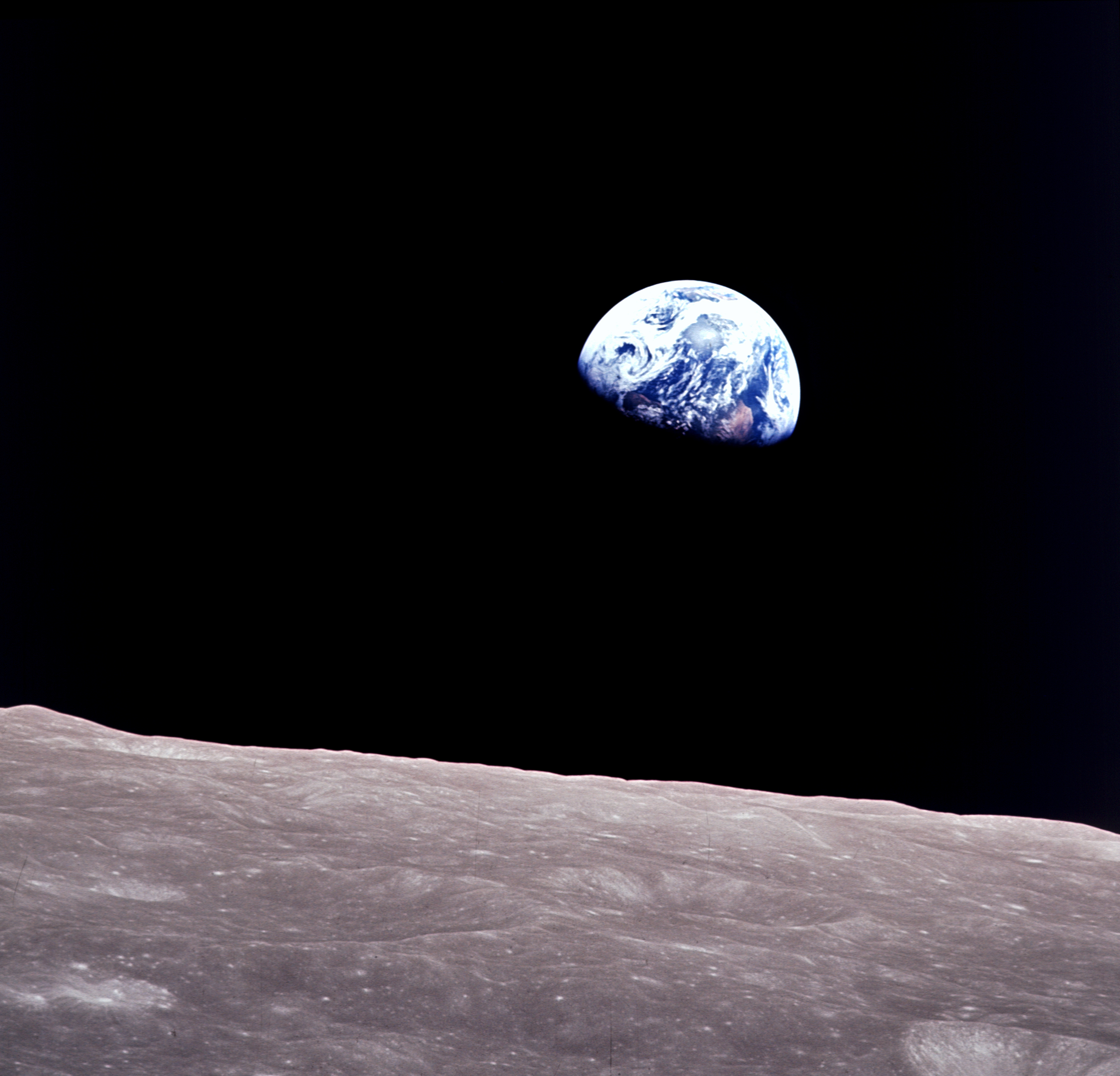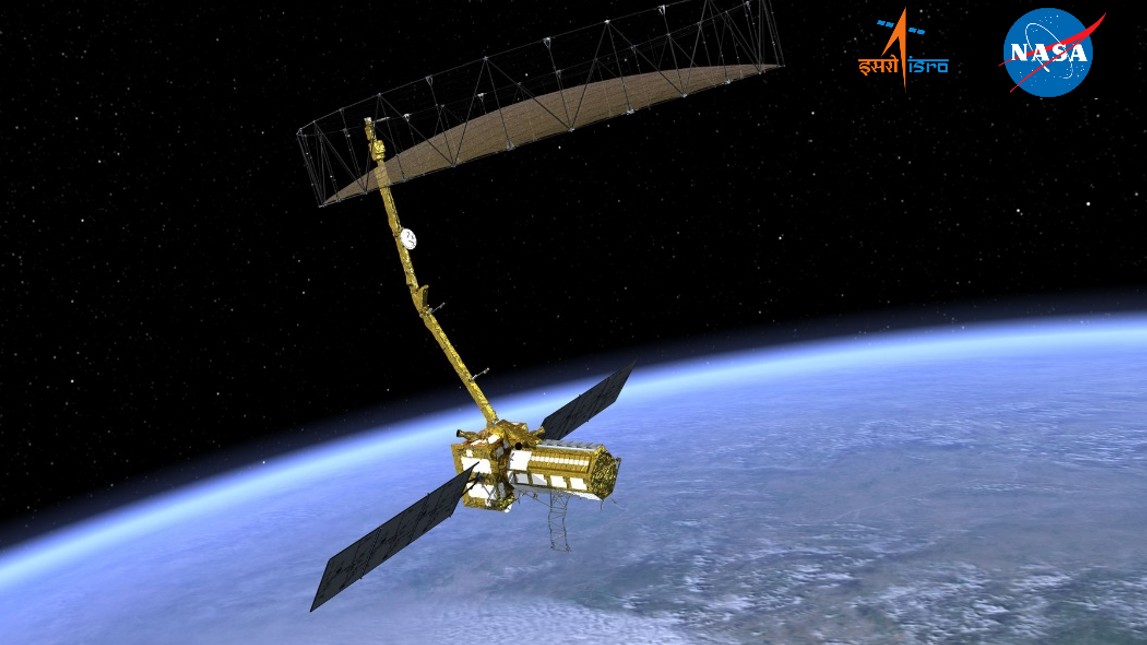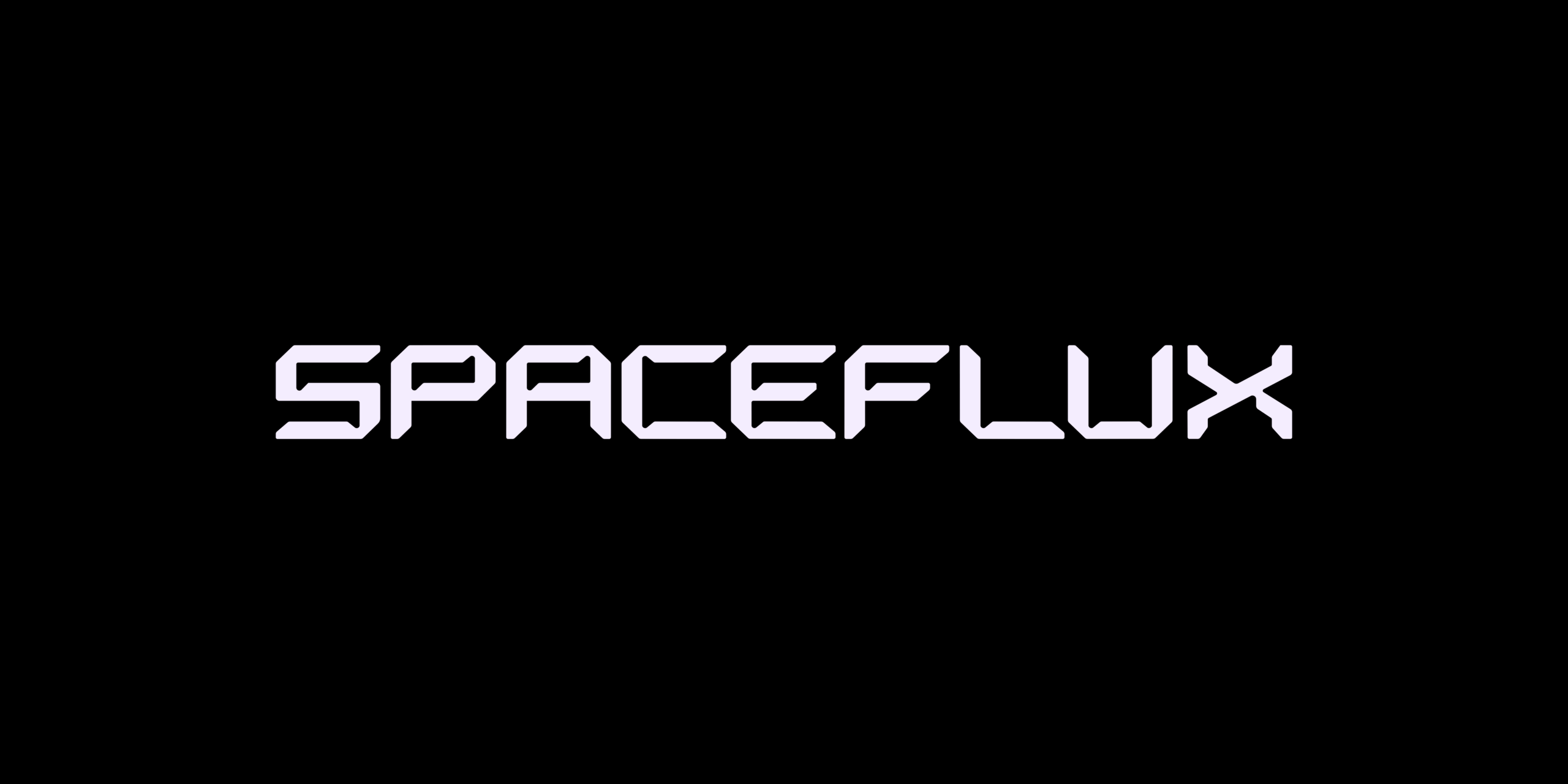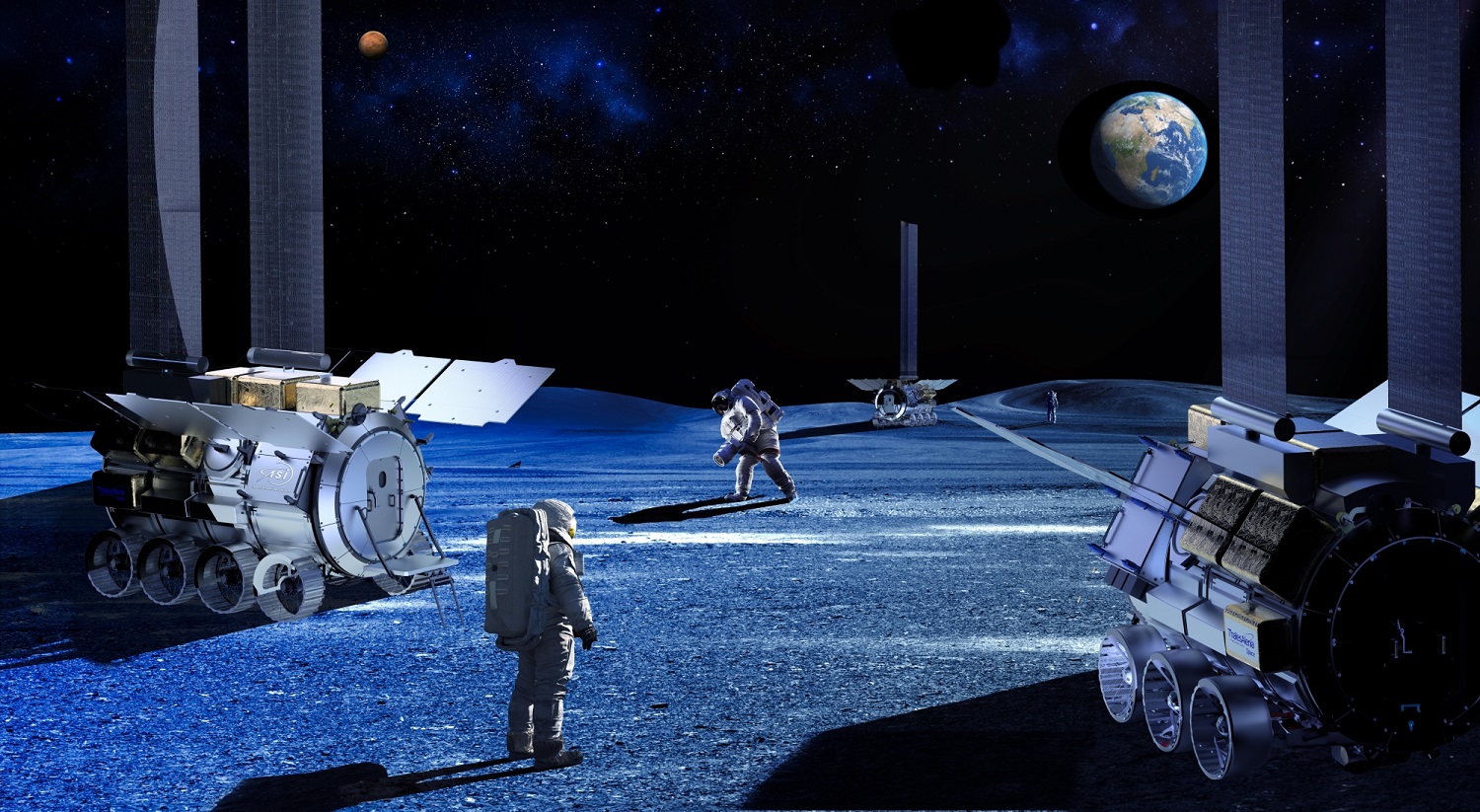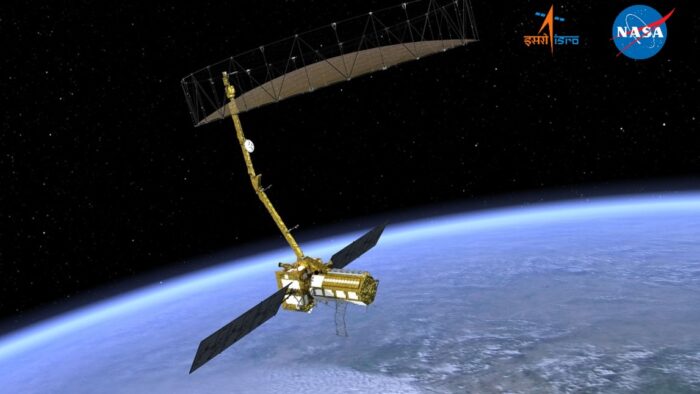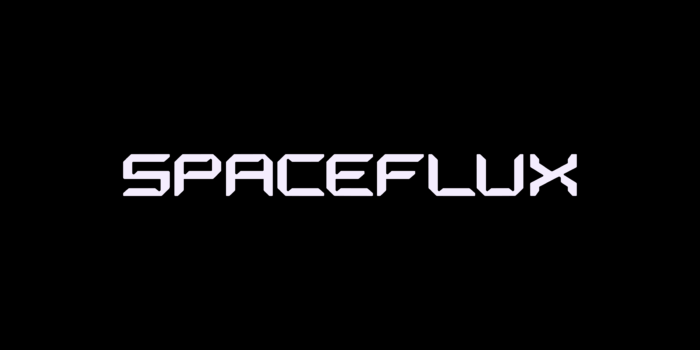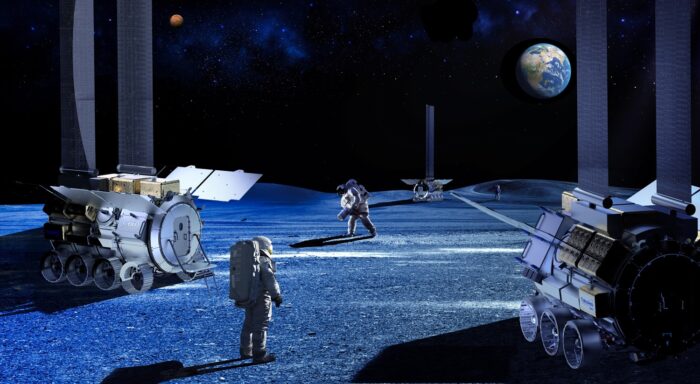Insider Brief
- The U.S. Congress is moving to create a standardized timekeeping system for the Moon to support coordination of missions and future infrastructure.
- The bipartisan Celestial Time Standardization Act, led by Rep. Jennifer McClellan (D., Va.), would direct NASA to establish a lunar time system traceable to UTC and scalable to Mars.
- The legislation highlights concerns about time discrepancies caused by lunar gravity and seeks to support Artemis-era space exploration by enabling accurate, resilient, and collaborative operations beyond Earth.
The U.S. Congress is set to decide on standardizing the telling time on the Moon.
The House Science, Space and Technology Committee advanced a bill last week that would require NASA to create a unified timekeeping system for the Moon and other celestial bodies, setting the stage for more coordinated space exploration and permanent infrastructure beyond Earth. It now moves on to a vote by the full House.
The bipartisan bill, called the Celestial Time Standardization Act, was introduced by Rep. Jennifer McClellan (D., Va.) and now heads to the full House for a vote. It directs NASA to establish a lunar time standard that would help synchronize missions and operations in space, especially as international agencies and private companies prepare to set up shop on the Moon.

“The differences between the standard of time used for space exploration today and time on other celestial bodies could make a critical difference when synchronizing between NASA, commercial entities and international partners as we explore Mars and beyond,” said Rep. McClellan in a statement. “To maintain U.S. leadership in this new era of space exploration, I will continue to advocate for a celestial time standard that will allow us to safely and precisely expand our knowledge of the known universe.”
Unlike Earth, the Moon has weaker gravity and no atmosphere, which causes time to pass at a slightly different rate, as noted by the BBC’s Sky At Night Magazine. That discrepancy, while small, can affect high-precision navigation, robotic systems, and scientific measurements. Currently, most space missions rely on Coordinated Universal Time (UTC), which was designed for use on Earth. But as NASA pushes forward with the Artemis program to establish a sustained lunar presence, experts say the current system is no longer sufficient.
The bill gives NASA the lead role in developing what it calls a “coordinated lunar time,” with input from the White House Office of Science and Technology Policy, the Departments of Defense, State, Commerce and Transportation, and consultation with industry, academia, and international bodies.
The bill notes that a lunar time system should be traceable to UTC, accurate enough to support scientific research and navigation, resilient in the event of communication loss with Earth, and scalable for use on Mars and other celestial bodies in the future.
The measure builds on language from the 2024 NASA Reauthorization Act, which passed the House last year but stalled in the Senate. The Senate Commerce Committee has since reintroduced it as part of its own NASA Transition Authorization Act.
The legislation reflects a growing recognition that human presence in space is entering a new phase. With Artemis aiming to return astronauts to the Moon and eventually establish a base there, basic systems like timekeeping need to be rethought from the ground up.
A finalized lunar time standard could also lay the groundwork for rules, infrastructure, and commercial norms on the Moon, shaping how different entities operate there. Similar to how global time zones on Earth guide everything from flight schedules to stock market trades, lunar time could become a backbone for space-based logistics.
NASA is required to brief Congress on its strategy within two years of the bill becoming law.
Greg Bock
Greg Bock is an award-winning investigative journalist with more than 25 years of experience in print, digital, and broadcast news. His reporting has spanned crime, politics, business and technology, earning multiple Keystone Awards and a Pennsylvania Association of Broadcasters honors. Through the Associated Press and Nexstar Media Group, his coverage has reached audiences across the United States.
Share this article:

